
Table of Contents
Whenever we buy expensive electronic appliances like a computer or a refrigerator, we feel excited to use it but also feel a sense of protectiveness towards the appliance. The new appliance is our baby that resulted from years or months worth of savings. But just like how we don’t want our appliances to become dirty or damaged outwardly, we must also protect our appliances internally. And with the widely fluctuating electricity in the Philippines, it’s important to use Automatic Voltage Regulators (AVRs) to protect our appliances from damaging voltage fluctuations.
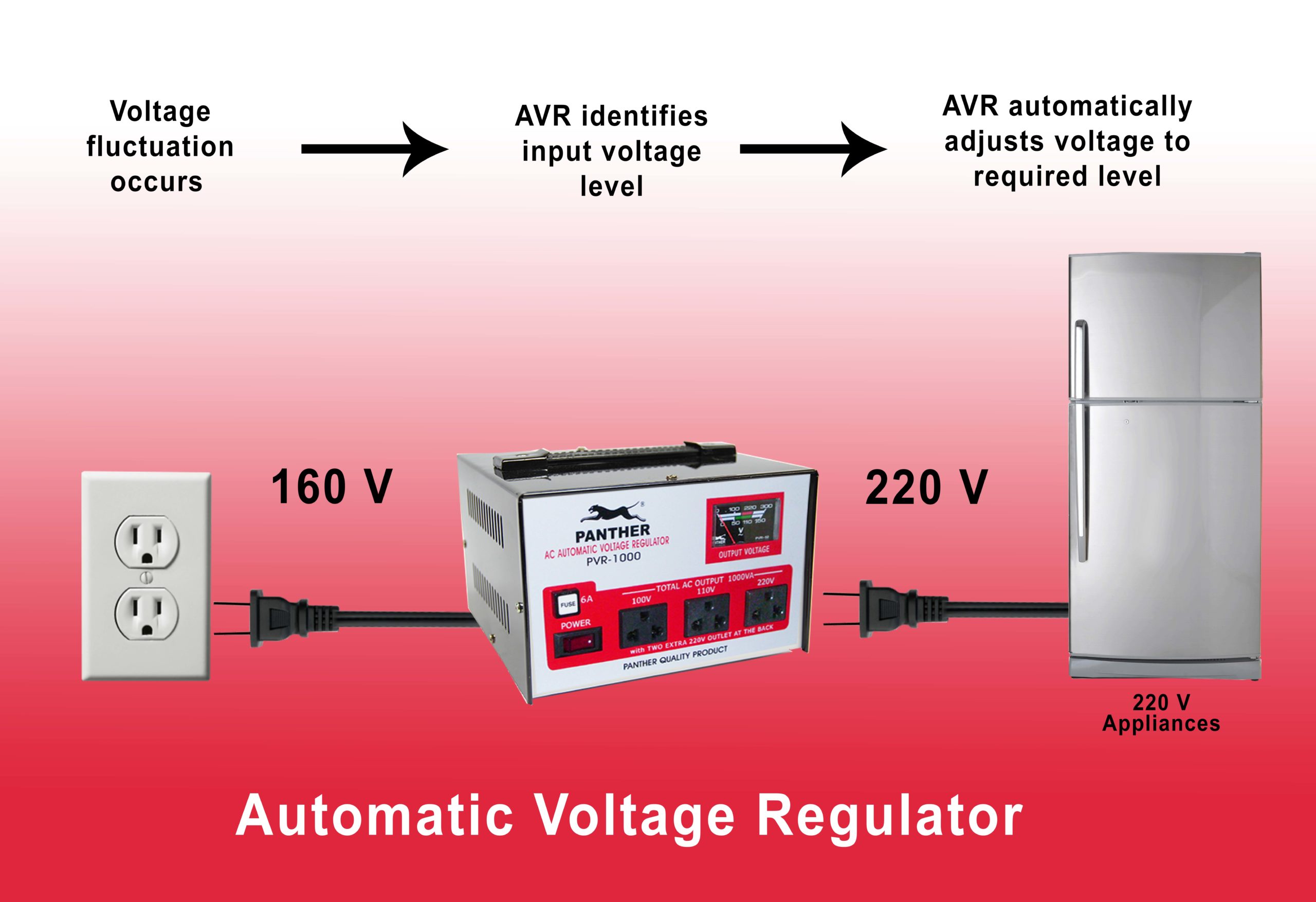
An AVR is a device that is designed to prevent voltage fluctuations from damaging your appliance by regulating the voltage that enters your equipment. That’s the benefit of owning an AVR. Because the appliance now receives regulated voltage from the AVR, its electrical components can then function efficiently, preventing unnecessary wear and tear that can shorten the appliance’s lifespan.
Benefits of an Automatic Voltage Regulator (AVR)
As mentioned, the main benefit of the AVRs is to protect our expensive appliances from voltage fluctuations by regulating the voltage entering your appliance. This then prevents the electrical components in the appliance from working unnecessarily hard, reducing the wear and tear in these components. It’s as simple as that.
But it’s also important to note that AVRs are not necessary for all types of appliances.
In fact, we’ll let you in on a little-known fact. AVRs are only needed for expensive appliances such as computer systems, flat screen TVs, refrigerators, audio/video equipment, video game consoles, and other similarly expensive appliances. This is because appliances are more liable to be damaged by voltage fluctuations if they contain sensitive electronic components, which are typically found in expensive appliances.
Thus, cheaper appliances like electric fans, radios, heaters, telephones, etc. don’t really need AVRs. Just a little money saving tip to keep in mind when you’re thinking of purchasing an AVR.
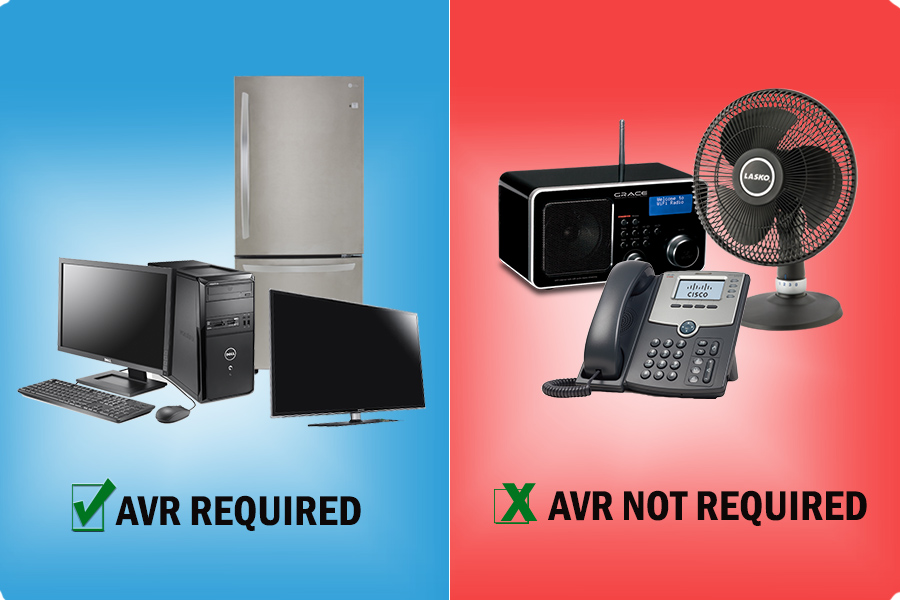
Different Types of Automatic Voltage Regulator (AVR)
Now that you know the benefits of AVRs, it’s also important to identify what type of AVR you should purchase for your device. Generally, there are two types of AVRs, relay-type AVRs and servo motor-type AVRs. Both serve the same purpose of regulating an appliance’s voltage input, but each of them have their own strengths and weaknesses that we will explore.
Relay-type AVR
Relay-type AVRs are AVRs that use an electronic circuit and a set of relays or transistors to regulate the voltage to a certain range of values. How a relay-type AVR works is that the electronic circuit compares the input voltage against the desired output voltage (for example: this would be 220V – 230V in the Philippines). If the relay determines that the voltage it gets is significantly lower or higher than the desired voltage, the control circuit then switches on the desired relay to produce the desired output voltage.
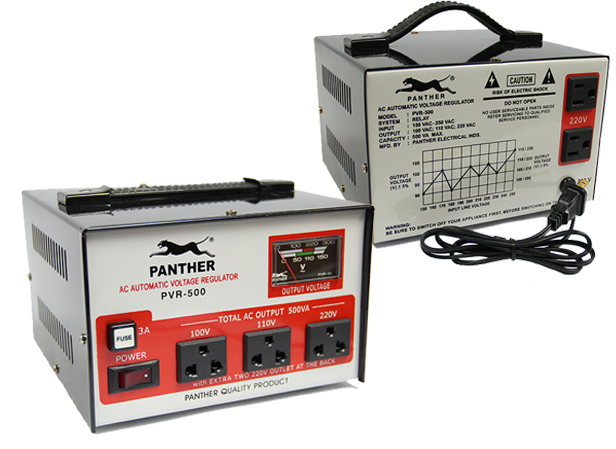
In general, relay-type AVRs are much cheaper, lighter, and more compact than servo motor-type AVRs because of the electronic components used. However, relay-type AVRs are less precise in the output voltage and there will be a slight delay in regulating the voltage in comparison to a servo motor-type AVR.
For this reason, relay-type AVRs are recommended more for appliances that are less sensitive to voltage fluctuations like computer systems, flat screen TVs, refrigerators, and video game consoles.
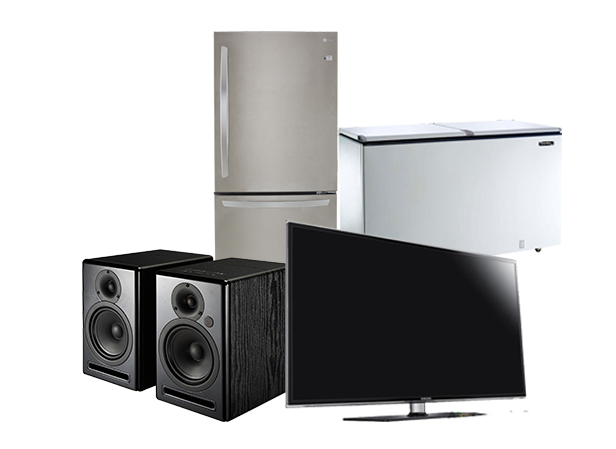
Servo Motor-type AVR
On the other hand, servo motor-type AVRs utilize a motorized servo-mechanism and a carbon brush to mechanically adjust and regulate the voltage it produces. Because of this difference, servo motor-type AVRs are more precise in the output voltage, and boasts a faster response time in comparison to a relay-type AVR.
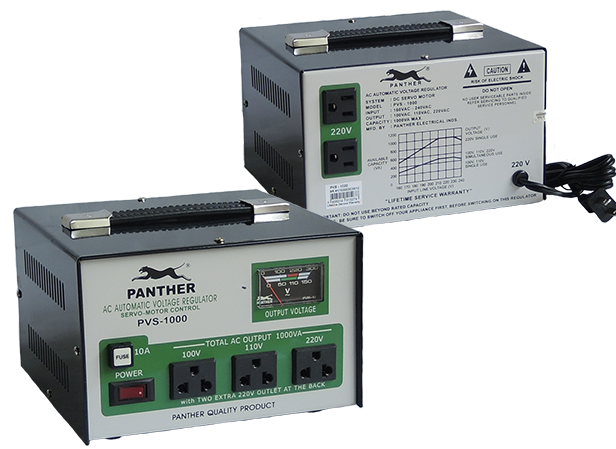
However, servo motor-type AVRs are also more expensive than relay-type AVRs because the servo motor component itself is significantly more expensive compared to the electronic circuit used in relay-type AVRs. And for these reasons, servo motor-type AVRs are generally recommended for very sensitive appliances like medical equipment, dental equipment, and laboratory equipment.
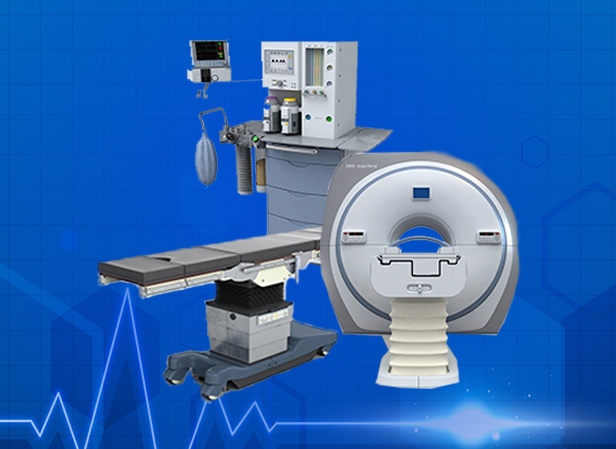
A general rule of thumb for appliances is that the pricier it is, the more sensitive its electronic components are. So when deciding between a relay-type AVR and a servo motor-type AVR, it’s important to think about how sensitive the appliance’s electronic components are. Choose a relay-type AVR for less sensitive appliances, but choose a servo motor-type AVR for more sensitive appliances.
If you want to know more about the Difference between Relay-type AVRs and Servo Motor-type AVRs, check out this in-depth guide.
Bonus: Advantages of Automatic Voltage Regulators (AVRs) with Power on Delay
Another AVR variation you may have seen in hardware stores are AVRs with Power on Delay. The Power on Delay function is an additional layer of protective feature in the AVR that protects your appliances when there are sudden power outages.
Did you know? During the immediate moments after power is restored, there is typically a significant power surge as all the electricity in the system rushes back in. Guess what? This power surge is a major culprit for damaging your sensitive appliances.
So how the Power on Delay works is as follows: when electricity is restored after a power outage, the AVR’s Power on Delay function blocks the return of power to your appliance for a few critical minutes, which is when the damaging power surge usually occurs.
As such, we highly recommend you use AVRs with Power on Delays to add an additional layer of protection for your appliances.
Alternatively, if your appliance is relatively cheap but you still want to protect it – you can consider purchasing a Power on Delay device. Options include: Pure Power on Delay (PPD 1000) or Power on Delay with High/Low Voltage protection (PVP series).
Interested in purchasing Panther AVRs?
Here at Panther, as a leading AVR manufacturer and AVR supplier in the Philippines with decades of experience, we recognize that each customer may require different types of AVRs depending on their requirement. As such, we currently have three AVR series for you to choose from: PVE, PVR and PVS series
NOTE: All Panther AVR products have switch, fuse/circuit breakers, line/noise filter and lifetime service warranty


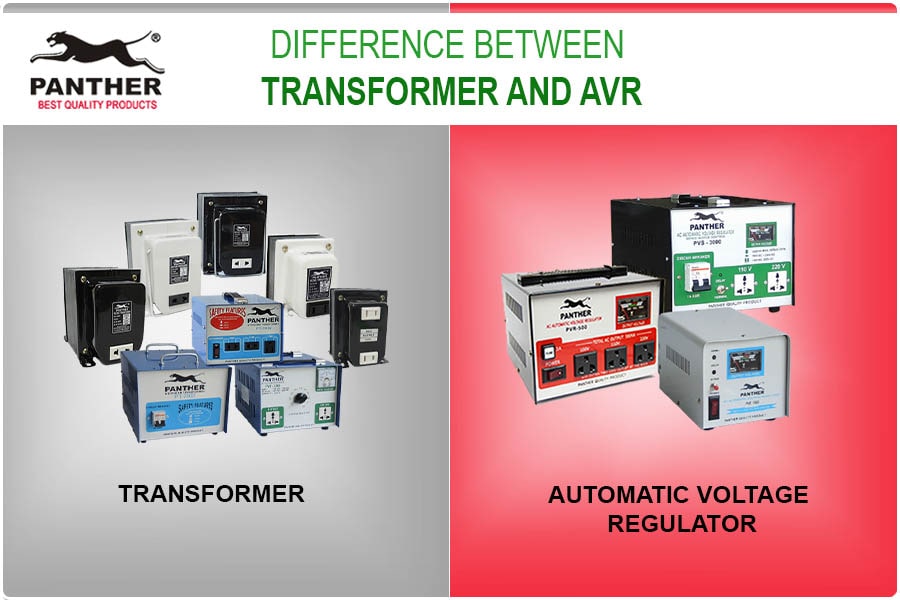
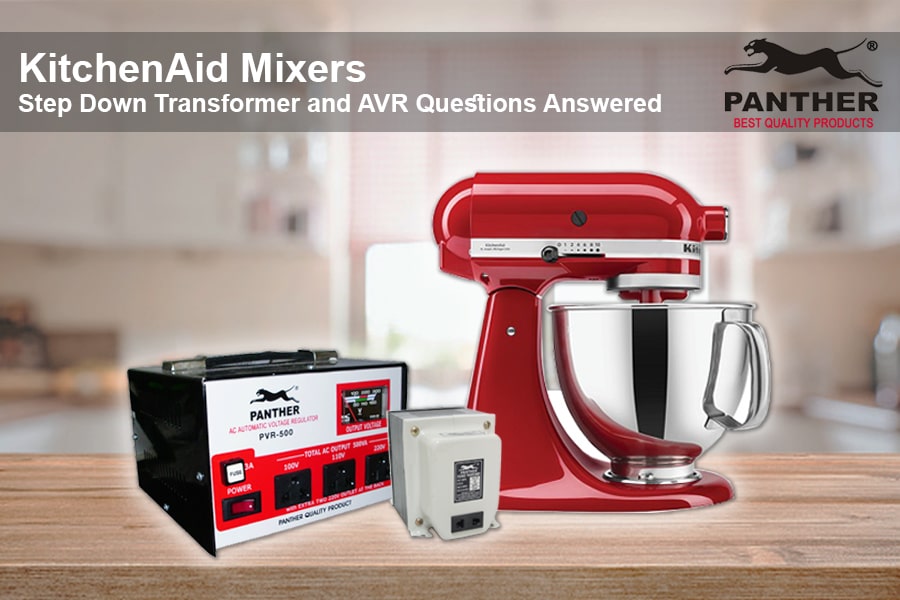
0 Comments